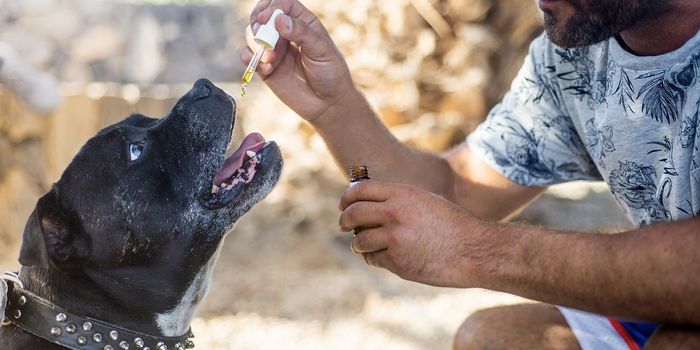Geospacial analysis of HPV vaccination uptake
In an effort to better understand how human papillomavirus (HPV) vaccination varies by geography, researchers from VCU Massey Cancer Center have conducted the first-ever systematic review of area-level data in the US to analyze HPV vaccination from a geographic perspective. Their findings are published in the journal Cancer Epidemiology, Biomarkers and Prevention.

As the most common sexually transmitted infection, HPV holds the threat of developing into cancer. While most infections go away on their own, HPV accounts for 91% of all cervical cancers, 70% of oropharyngeal cancers and cancers of the vulva, vagina, penis and anus. Yet, despite the existence of a vaccine to prevent the virus (and subsequent consequences), vaccination is still not as widespread in the US as it could be.
"Given the effect that HPV vaccination has had on cancer prevention, it is important to identify factors influencing HPV vaccination coverage," said Bernard Fuemmeler Ph.D., the Gordon D. Ginder, M.D., Chair in Cancer Research and co-leader of the Cancer Prevention and Control research program at VCU Massey Cancer Center. Fuemmeler and his team wanted to figure out what how geography and certain sociodemographic factors influence variation in coverage.
"Understanding how HPV vaccination coverage varies by geography can help to identify areas of need for prevention and control efforts," said Fuemmeler, a professor in the Department of Health Behavior and Policy at the VCU School of Medicine.
To do so, they looked at the vaccinations reported in the United States between 2006 and 2020. They saw that vaccination is not uniform across the US, varying from almost 80% in Rhode Island to less than 29% in Mississippi. They found that factors ranging from education level, health insurance coverage, and income to vaccine awareness all affect geographic disparities in vaccination uptake.
"Our findings demonstrate the need to adopt geospatial, standardized and collaborative approaches in future studies that allow for the effective mapping, detection and reporting of geographic areas with low HPV vaccination coverage," Fuemmeler said.
The study proposes five recommendations to address these challenges and improve national HPV vaccination coverage. The team also reminds the public that the CDC recommends two doses of the HPV vaccine six to 12 months apart beginning at age 11 or 12 and for everyone through age 26 if not already vaccinated.
Sources: Cancer Epidemiology, Biomarkers and Prevention, Eureka Alert








